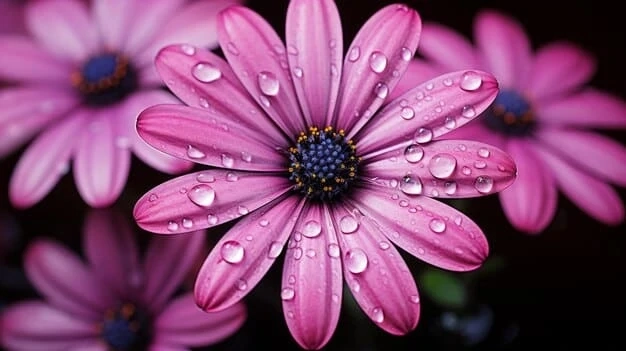Floriculture, the art and science of cultivating and promoting the growth of flowers and ornamental plants, is a horticultural practice that has evolved over centuries. The term "floricultura" itself is rooted in Latin, where "flor" means flower, and "cultura" refers to cultivation. This intricate blend of artistry and agriculture has given rise to a vibrant industry dedicated to the production and appreciation of flowers, plants, and floral arrangements.
Historical Evolution:
The roots of floriculture can be traced back to ancient civilizations, where flowers held symbolic significance in religious ceremonies, festivals, and as expressions of love and admiration. In Egypt, Greece, and Rome, elaborate gardens adorned with a variety of blooms showcased the opulence and cultural refinement of these societies.
During the Renaissance, floriculture experienced a resurgence, with European gardens becoming elaborate showcases of horticultural mastery. The cultivation and crossbreeding of new flower varieties became a passion for botanists and aristocrats alike. The tulip mania in 17th-century Holland further highlighted the economic impact and societal fascination with rare and exotic blooms.
Modern Floriculture:
Today, floriculture has evolved into a dynamic and global industry that encompasses various facets, including production, retail, design, and research. Modern floricultura combines traditional horticultural practices with cutting-edge technology and innovative techniques to meet the demands of a diverse and discerning market.
Key Aspects of Floriculture:
Production and Cultivation: Floricultura begins with the cultivation of flowers and ornamental plants. Greenhouses, nurseries, and open fields serve as environments where growers meticulously tend to the needs of different floral species. Factors such as temperature, humidity, light, and nutrient levels are carefully controlled to optimize plant growth and bloom quality.
Varieties and Breeding: Breeders play a crucial role in expanding the diversity of floral offerings. Through selective breeding, new varieties are developed to enhance characteristics such as color, fragrance, size, and resistance to diseases. This continuous innovation keeps the industry dynamic and ensures a constant influx of fresh and exciting blooms.
Floral Design and Arranging: Floricultura extends beyond cultivation to the art of floral design. Skilled florists use their creativity to arrange flowers into stunning bouquets, centerpieces, and other decorative displays. Floral design is not only a profession but also a form of artistic expression that enhances events, celebrations, and everyday spaces.
Economic Impact: The floriculture industry has a significant economic impact globally. From local flower markets to international trade, the buying and selling of flowers contribute to the livelihoods of countless individuals. Countries like the Netherlands, Colombia, and Kenya are major players in the global flower trade.
Environmental Considerations: Sustainable and eco-friendly practices have gained prominence in the floriculture industry. Many growers are adopting environmentally conscious methods, such as organic farming, integrated pest management, and water conservation, to minimize the ecological footprint of floral production.
Challenges and Opportunities:
While floriculture presents numerous opportunities, it also faces challenges, including market fluctuations, seasonal demand variations, and the need for sustainable practices. Technological advancements, such as precision agriculture and genetic engineering, offer solutions and possibilities for addressing these challenges.
Conclusion:
Floricultura is a multifaceted field that intertwines nature, art, and commerce. It celebrates the beauty of flowers while contributing to the global economy and enhancing various aspects of human life. As the industry continues to evolve, striking a balance between innovation and sustainability will be essential to ensure a flourishing future for floriculture, where blooms continue to inspire and uplift people around the world.



